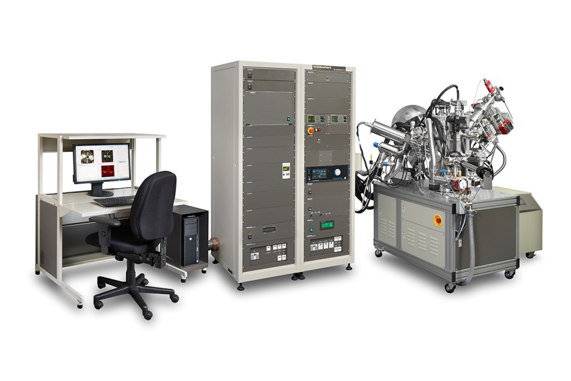Technical Parameters
Stable Schottky field emission source operating at 1-25 kV;
Secondary electron imaging resolution up to 4096×4096 pixels;
Spatial resolution: 8 nm;
Collection depth: 5-75 Å;
Elemental detection limit: 0.1 atom %;
Information collected: Elements (Li~U) and partial chemical states;
Application Range
Used for analyzing the elemental (including partial chemical states) composition at nanometer depths of solid material surfaces. It allows observation of nanometer-scale topographies and compositional characterization. It can analyze the uniform surface composition of raw materials (such as powder particles, sheets, etc.) as well as analyze surface defects of materials or specific products such as pollution, corrosion, doping, adsorption, impurity segregation, etc. It also possesses depth profiling capabilities to characterize passivation layers, doping depths, nanometer-scale multilayer structures, and more.

Detail

Detail